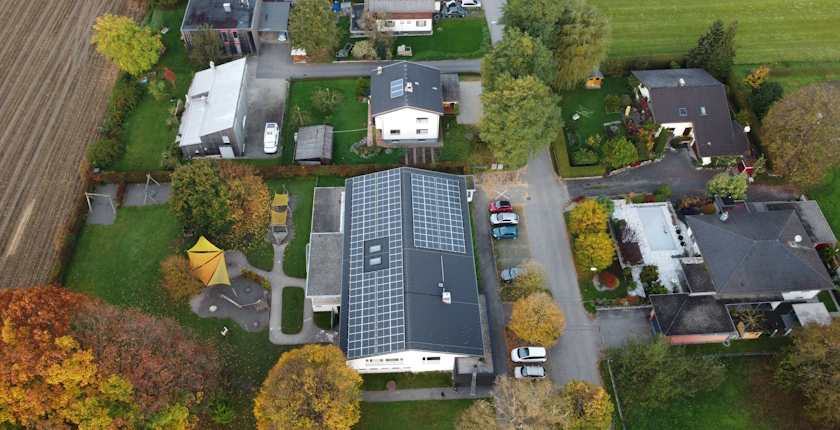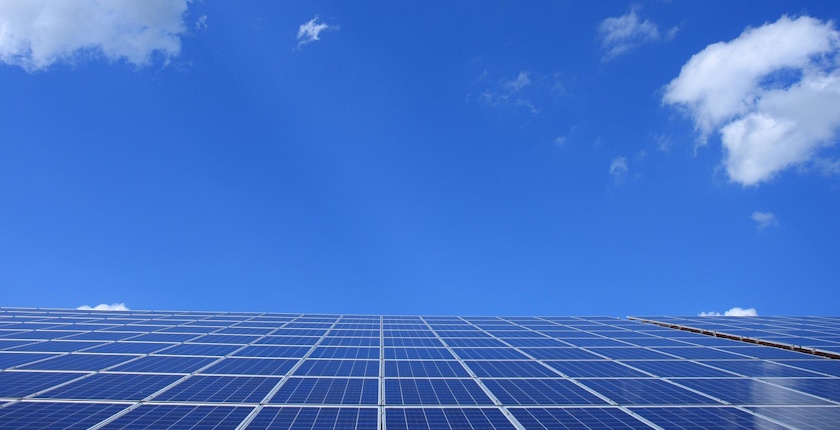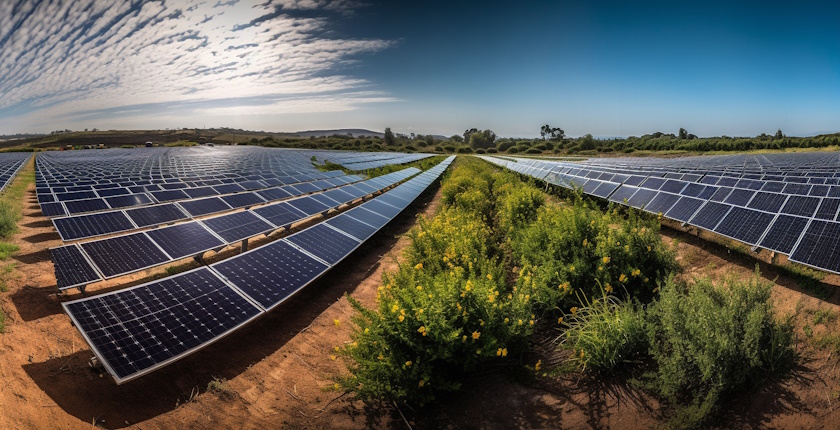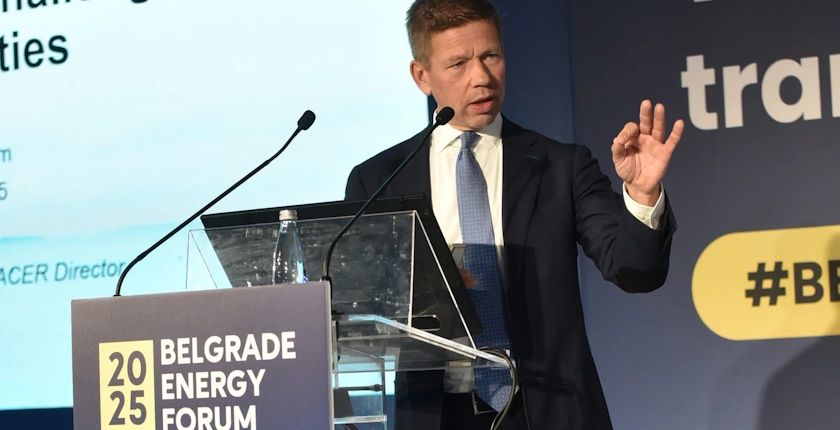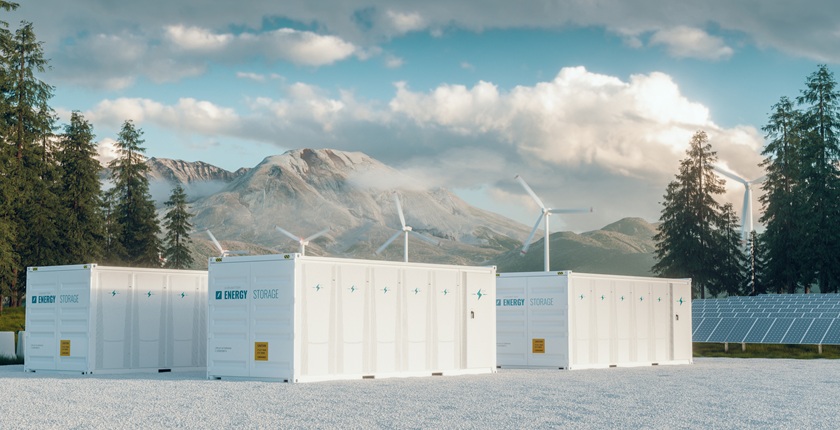
Visual Fan to install BESS facility of 65 MWh for Renovatio Trading
Visual Fan will install a 65 MWh energy storage for Renovatio Trading in Toplița in Romania’s Harghita county.
The batteries market in Romania is very active these days.
The battery energy storage system (BESS) will be built by Allview Energy, Visual Fan’s division specialized in the development of large-scale photovoltaic parks, including storage capacities.
It is the first major contract for the implementation of a power storage system, Allview said.
The contract is valued at EUR 9.2 million. It is set to be implemented in association with partners Enersec Technology and TQM Services.
The implementation period for the contract is seven months
The project includes state-of-the-art technologies in terms of batteries and energy flow control, according to Allview.
The implementation period is seven months. The deal includes all stages of the project – engineering, procurement and execution, full integration into the energy system and the successful completion and testing.
The goal is to help balance the national grid and accelerate the integration of green energy into daily consumption, Allview added.
“The signing of this contract marks a defining moment in Visual Fan’s development journey, reflecting the company’s strategic maturity and the market’s growing confidence in our skills. Since the end of 2024 and the beginning of 2025, the company has entered a new stage of consolidation and expansion, by attracting major projects, which validate the management’s strategic vision, the team’s expertise and the ability to implement complex solutions on a large scale,” said Christina Munteanu, Economic Director of Visual Fan.
Peticilă: Thec ontract is a confirmation of the active role that Visual Fan has in Romania’s energy future
According to Visual Fan CEO Lucian Peticilă, the signing of the contract is a confirmation of the company’s strategic vision and the active role it has in Romania’s energy future.
Visual Fan is happy to build this path together with Renovatio Trading, guided by the same vision: a clean, balanced and sustainable energy future for Romania, he added.
Of note, a few days ago the National Energy Regulatory Authority of Romania (ANRE) approved a regulation eliminating double taxation of energy storage, to accelerate the deployment of solutions for storing electricity.


